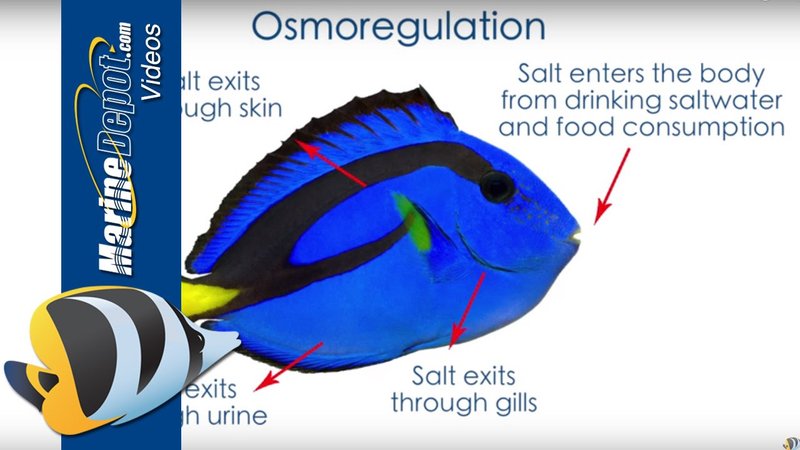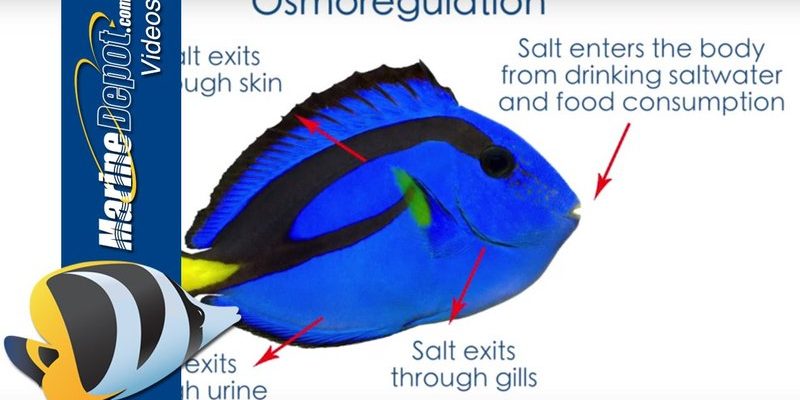
Imagine diving into a clear reef, where dazzling fish flit through corals. That’s what your butterflyfish dream of when they join your home tank. But if you want to recreate that paradise, you’ll need to pay attention to the nitty-gritty details. Armed with the right knowledge, you can create a safe and happy environment for these stunning fish. So, let’s dive in and explore what it takes to properly house butterflyfish.
Understanding Butterflyfish Needs
Butterflyfish are part of the Chaetodontidae family, known for their vibrant colors and patterns. They come from warm, tropical oceans and live in areas with plenty of coral. To keep them happy in your tank, you’ll need to replicate their natural habitat as closely as possible.
Here’s the thing: butterflyfish are a bit picky. They thrive in established tanks with stable conditions. If you imagine setting up a comfy living room for a guest, you wouldn’t want to put them in a messy space. The same goes for your fish. Creating a stable environment helps reduce stress and lets them show off their beautiful colors.
Before making any decisions, it’s essential to know that butterflyfish are best suited for larger tanks because they love to swim. A small tank can make them feel cramped and anxious, which isn’t ideal for their health.
Tank Size: How Much Space Do They Need?
When it comes to tank size for butterflyfish, bigger is definitely better. A minimum of 75 gallons is recommended for most species. This gives them the space they need to swim and explore without feeling confined. Think of it like moving from a tiny apartment to a spacious house; you just have more room to breathe and be yourself.
In a larger tank, butterflyfish can swim freely, which helps prevent stress-related behaviors like hiding or aggressive interactions with tank mates. Plus, a bigger tank also helps maintain stable water conditions. This is crucial, as dramatic shifts in water quality can be harmful to your new friends.
If you’re considering multiple butterflyfish, opt for even larger tanks. They’re social creatures and can thrive in groups, though you should research compatible species to avoid conflicts.
Salinity: Finding the Right Balance
Salinity refers to the saltiness of the water in your tank, and it’s a big deal for butterflyfish. These fish are found in marine environments, so you’ll need to replicate that salt concentration in your aquarium. Ideally, you want to aim for a salinity level between 1.020 and 1.025 specific gravity.
Maintaining the right salinity is like keeping a perfect balance of flavors in a recipe—too much or too little can spoil the dish. You can use a hydrometer or a refractometer to measure salinity levels accurately.
If your salinity fluctuates too much, it can cause stress to your butterflyfish, leading to illness. Regular water changes and proper filtration can help maintain stable conditions. Remember, consistency is key. Just like you wouldn’t want to eat spicy food every day if you’re not used to it, your fish need a stable environment to thrive.
Temperature: Keeping It Cozy
Temperature plays a crucial role in the well-being of your butterflyfish. They thrive in water temperatures between 72°F and 78°F (22°C to 26°C). This range mimics their natural tropical habitats and helps keep their metabolic processes running smoothly.
Using an aquarium heater is essential, especially if you live in a cooler climate. You might be wondering how to maintain that temperature. Investing in a reliable thermometer will allow you to monitor the water’s temperature easily.
Keep in mind that sudden temperature changes can be shockingly bad for your fish. Just like jumping from a warm bed into a cold shower can leave you gasping, your butterflyfish don’t appreciate steep temperature drops either. Gradually adjusting the temperature during water changes is the best approach.
Filtration and Water Quality
Good filtration is a lifesaver for your aquarium. Butterflyfish are sensitive to pollutants, so having a robust filtration system is key. A high-quality protein skimmer and an appropriate filter can help maintain water clarity and quality, ensuring a healthy living environment.
Regular water tests are also essential for monitoring ammonia, nitrites, and nitrates. You wouldn’t want to live in a space filled with dirt and grime, right? Your fish feel the same way. Keeping these levels in check will prevent health issues and keep your butterflyfish thriving.
Additionally, consider adding a substrate and live rock to your tank. These elements not only mimic their natural habitat but also help with beneficial bacteria growth, further enhancing water quality.
Decor and Aquascaping
Let’s not forget about the aesthetic part of setting up your butterflyfish haven! Creating a visually appealing tank isn’t just for show; it’s essential for their well-being. Butterflyfish love to explore—think of them as the curious friends who can’t resist peeking behind every door.
Using live rock, corals, and plant life can provide hiding spots and areas for foraging. This not only adds beauty to your aquarium but also helps reduce stress levels in your fish. You might even catch them darting in and out of the rock formations, which is always a joy to observe.
Keep in mind, though, that some butterflyfish species may nip at certain types of corals. Do your homework on which plants are suitable for your specific butterflyfish to avoid any unwanted munching.
Common Questions and Troubleshooting
It’s completely normal to have questions or face challenges when keeping butterflyfish. One common concern is if they seem lethargic or are hiding too much. Often, this can be a sign of stress, usually due to unsuitable tank conditions. Make sure to check your water parameters—temperature, salinity, and filtration—to ensure they’re within the right ranges.
Another issue might be aggression, especially if you have multiple butterflyfish in smaller tanks. If they’re nipping at each other, it’s worth considering a larger setup. Sometimes, rearranging decorations can help break up their line of sight, reducing territorial disputes.
Final Thoughts on Butterflyfish Care
Creating the perfect habitat for butterflyfish may take some time, but the payoff is worth it. It’s all about providing them with a spacious, clean, and stable home that mimics their natural environment. With the right tank size, salinity, temperature, and decor, you’ll have a vibrant centerpiece in your home that brings joy to both you and your fish.
So, if you’re ready to dive into the world of butterflyfish, remember these key elements. They’ll thrive under your care, adding a splash of color and life to your aquarium. Happy fishkeeping!

